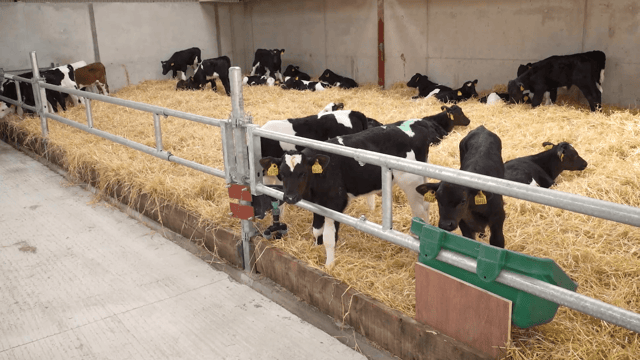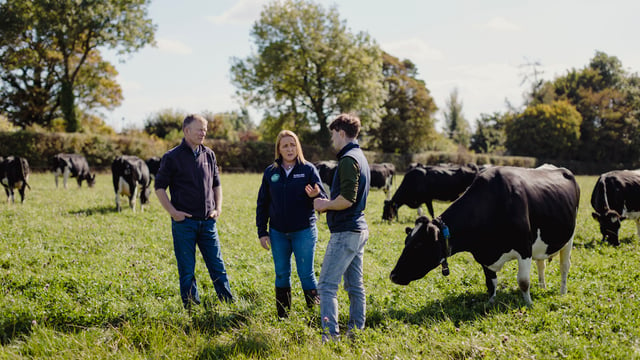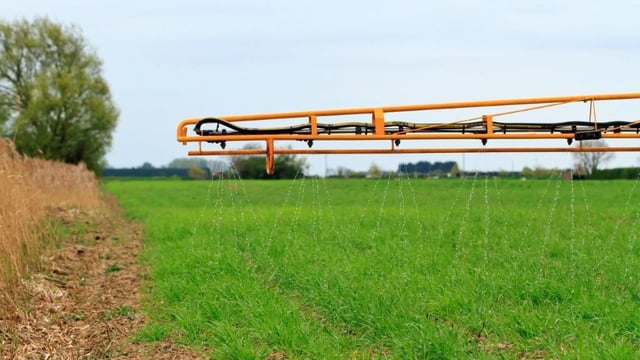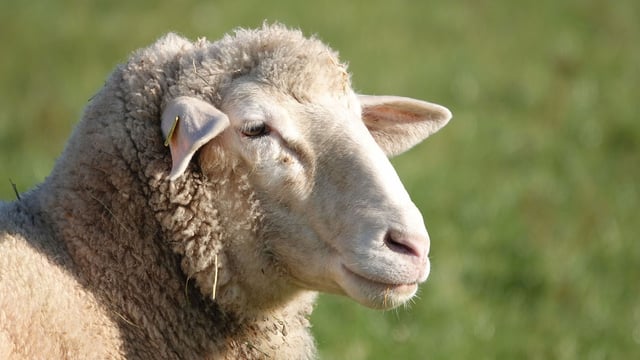Climate research: Length of growing season 'projected to increase' in Ireland
The length of the growing season is projected to increase in Ireland which will benefit agriculture with "warmer soil temperatures", according to latest research from climate scientists.
Near-surface temperatures are projected to rise by 0.5–0.7°C under a low-emission scenario and by 2.4–3.0°C under a high-emission scenario, with the largest increases observed in eastern Ireland, the research suggests.
However, although climate scientists at the Irish Centre for High-End Computing (ICHEC) found that a "warming climate may present some positive opportunities for agriculture in Ireland" it is also likely to result in an increase in pests.
The latest research also points to more extreme weather in the pipeline for Ireland, from heatwaves to more variable rainfall.
"Both dry spells and extreme rainfall events will intensify," according to scientists.
Climate
The latest research, which was funded by the Environmental Protection Agency (EPA), Met Eireann and the Marine Institute, outlines that increases in extreme temperatures, heatwaves, humidity, heavy precipitation and dry periods or droughts along with decreases in frost and ice days "will have direct and substantial effects on agriculture in Ireland".
"The growth of plants and crops is directly correlated with temperature, and projected increases under climate change will have an impact on plant biodiversity and agriculture," according to the report on Updated High-Resolution Climate Projections for Ireland which was authored by Dr. Paul Nolan.
The report also highlights that any potential positive benefits for agriculture could be offset by the " projections of increased variability of the precipitation climate".
The increase in frequency of both droughts and heavy rainfall events "could be detrimental to the potential gains of a warming climate to the agricultural sector," scientists warned.
"The rainfall climate will become more variable across the seasons.
"Winter and autumn months are projected to become wetter, while summer rainfall is expected to decrease by up to 8% by the end of the century," they outlined in the report.












